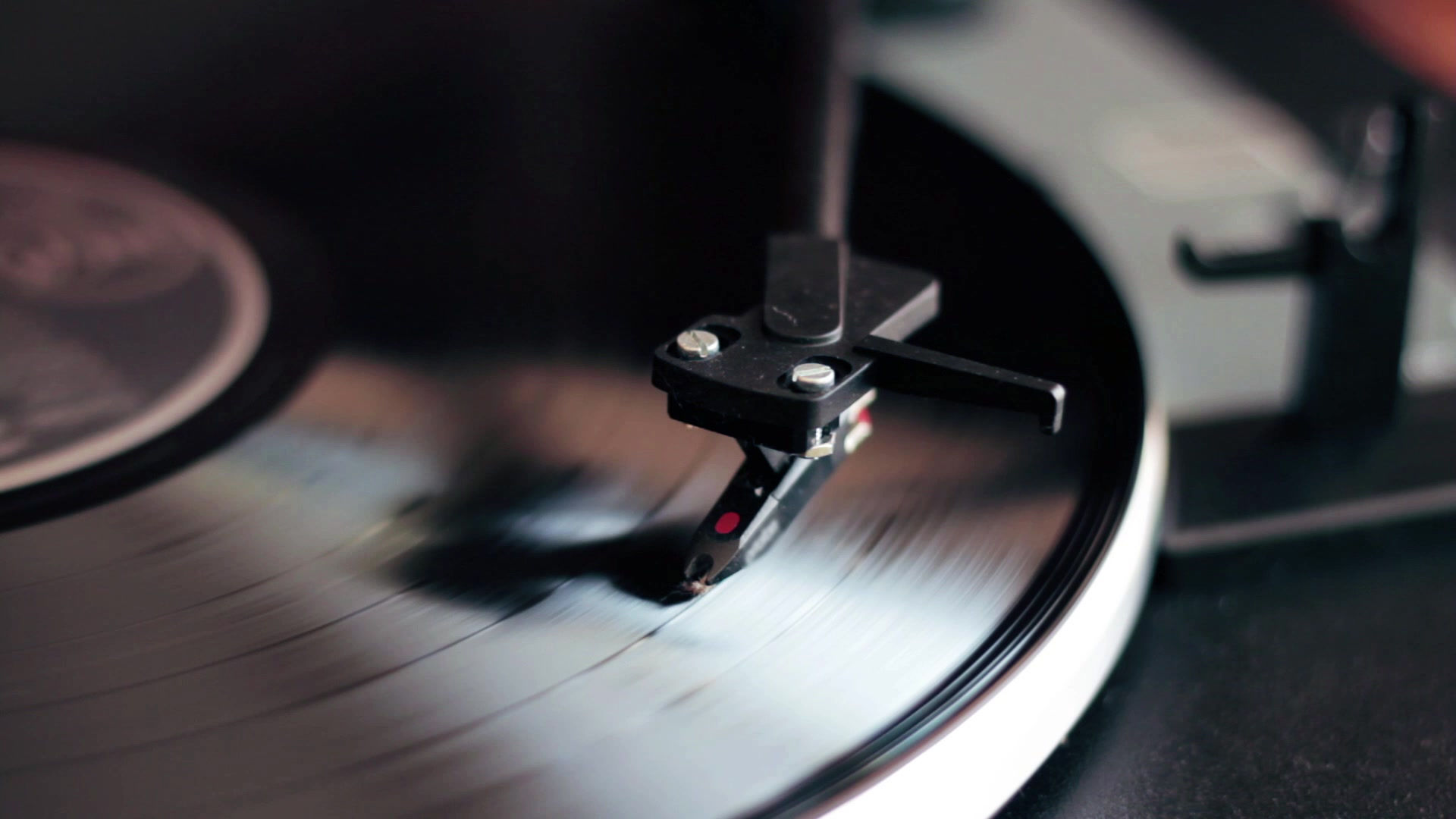Shambala (1973) 12/7/20
- Michael Cook

- Dec 7, 2020
- 2 min read
Songwriter Daniel Moore wrote dozens of songs that were recorded by dozens of artists in the 1970s and '80s...but today, we're going to highlight one of his best.
He recorded his version of this “Great Song of the '70s” first...but nothing happened until the middle of 1973, when two other versions hit the charts at virtually the same time.
B.W. Stevenson (who also had a hit with Moore's “My Maria”) released his version of “Shambala” first...but almost immediately after that, Three Dog Night checked in with their version, and the battle was on.
Stevenson's recording stalled at #31 on Billboard's Adult Contemporary Chart, while Three Dog Night zoomed right past it to #3. It also hit #3 on the Hot 100, and in Canada, the numbers were similar. #2 on the AC Chart and #4 on the Top 40.
Things, however, happened a little differently in other countries. The best example was South Africa, where Stevenson's version hit #8, while Three Dog Night trailed at #13.
Charts aside, and as popular as the song was, many people wondered if Shambala was a real place.
According to Moore, “Shambhala” was a mythical kingdom in the Himalayas with ties to Tibetan Buddhism—but had its origin in ancient Peru. The “Road to Shambala” mentioned in the lyrics, was a metaphor for a spiritual path...to the “Halls of Shambala,” a place where kindness, cooperation and joy can be found. Deep stuff.
Note: Moore spelled Shambhala with the “H” and pronounced it “SHAM-Bala. Stevenson and Three Dog Night dropped the “h” and went with SHOM-Bala.
With or without the “H,” whether it was SHAM or SHOM, and whether it was B.W. Stevenson or Three Dog Night, Daniel Moore Moore wrote a “Great—and Meaningful--Song of the '70s.”
Three Dog Night:
B.W. Stevenson:
Daniel Moore:

_JPG.jpg)

Comments